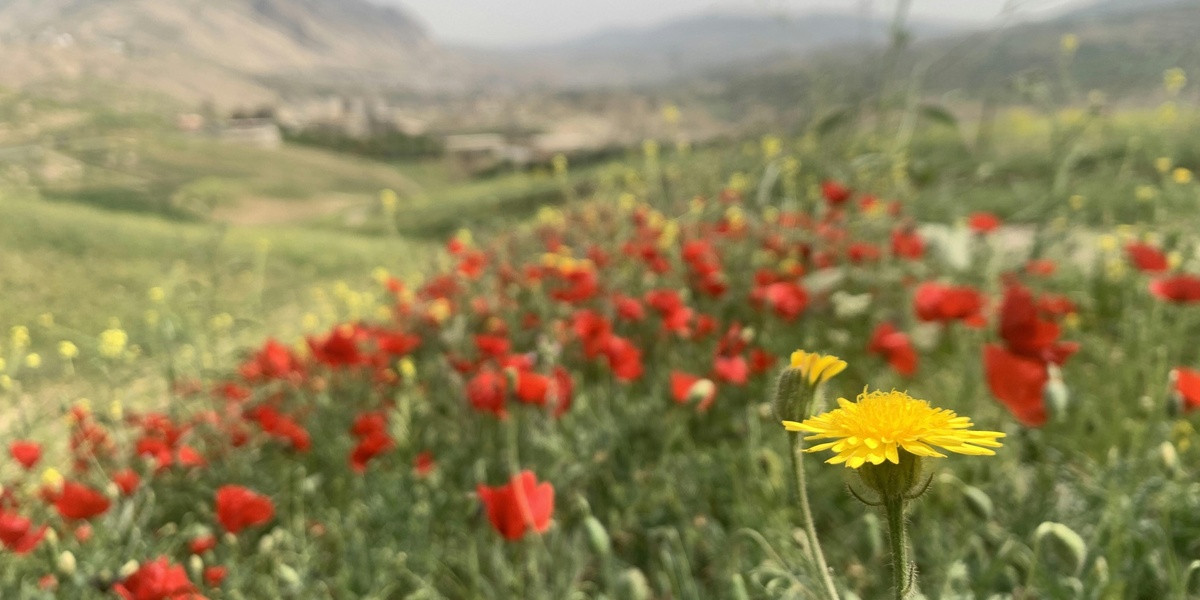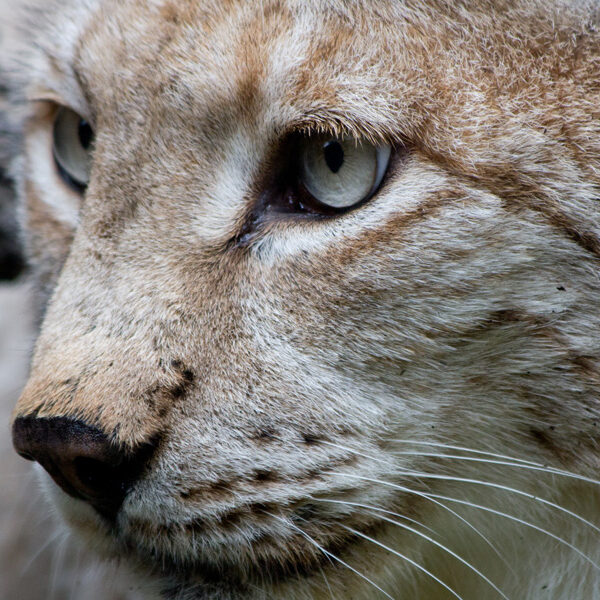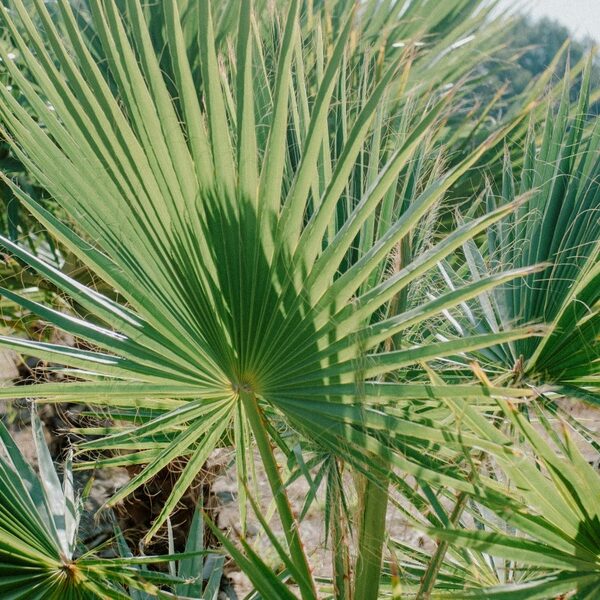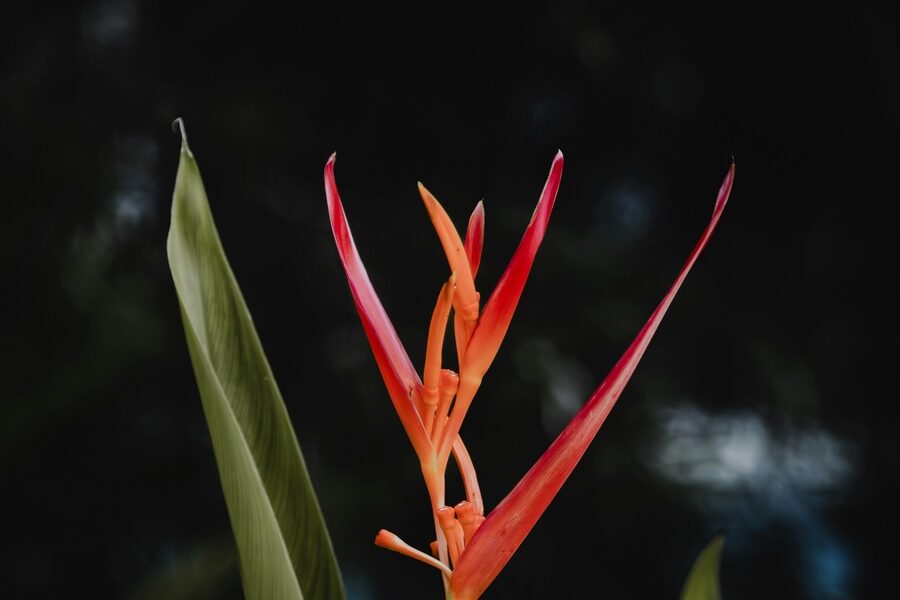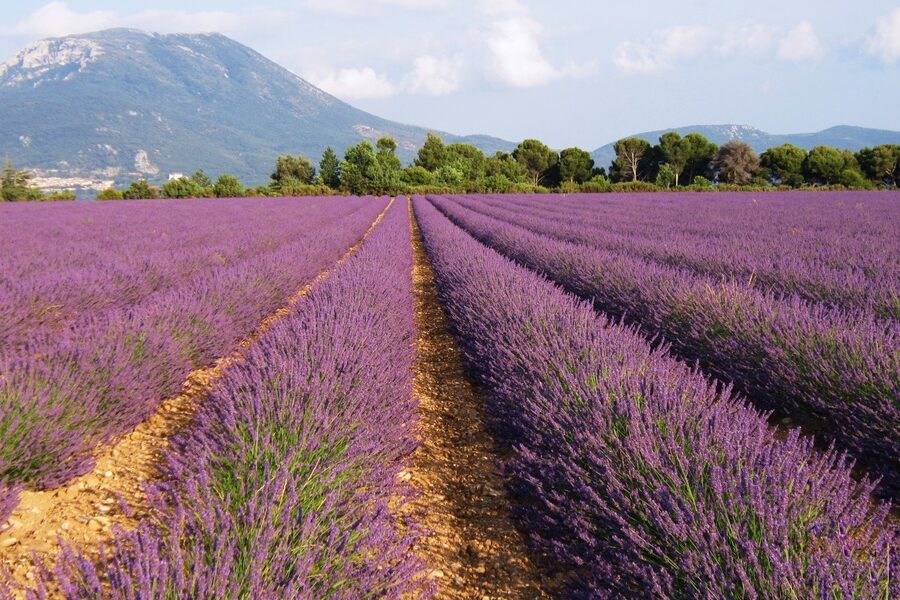Afghanistan, a land often recognized for its rich history and diverse landscapes, also harbors a surprising array of botanical wonders. From its rugged mountain peaks to its fertile river valleys, the country’s unique climate and geography support a wide variety of plant life, many of which are remarkably adapted to extreme conditions. This rich biodiversity plays a crucial role in local ecosystems and traditional practices.
This list delves into this fascinating flora, presenting a curated selection of 50 Plants of Afghanistan, spanning from the succulent Afghan Cherry to the hardy Wormwood. For each entry, you’ll find it organized for clarity, providing its Scientific Name, typical Habitat, an estimated Typical Height (m), and any Notable Use you might find below.
What types of plants are commonly found across Afghanistan’s regions?
Afghanistan’s varied topography and climate zones, ranging from arid plains to high mountain plateaus, support a diverse spectrum of plant life. Commonly found species include drought-resistant shrubs and grasses, various fruit trees such as apricots, mulberries, and the mentioned Afghan Cherry, along with numerous medicinal herbs. The flora is often characterized by its resilience, adapting to extreme temperatures and varying water availability, reflecting the country’s unique environmental challenges.
Plants of Afghanistan
| Common Name | Scientific Name | Habitat | Typical Height (m) | Notable Use |
|---|---|---|---|---|
| Deodar Cedar | Cedrus deodara | Montane coniferous forests in eastern Afghanistan (e.g., Nuristan) | 40-50 | Timber, construction, incense |
| Chilgoza Pine | Pinus gerardiana | Dry temperate forests in the eastern Hindu Kush | 10-20 | Edible pine nuts, firewood |
| Wild Pistachio | Pistacia vera | Dry woodlands and hillsides in northern and western Afghanistan | 5-10 | Edible nuts, firewood, ecosystem anchor |
| Saffron Crocus | Crocus sativus | Cultivated in arid fields, especially in Herat province | 0.1-0.2 | High-value culinary spice, dye |
| Pomegranate | Punica granatum | Cultivated in orchards, famously in Kandahar and Kapisa | 3-5 | Fruit, juice, traditional medicine |
| Opium Poppy | Papaver somniferum | Cultivated in various provinces, particularly in the south and west | 0.5-1.5 | Source of opium, morphine, and poppy seeds |
| Asafoetida | Ferula assa-foetida | Arid plains and mountain slopes, particularly in the north | 1.5-2.5 | Culinary spice (resin), traditional medicine |
| Wild Almond | Prunus amygdalus (syn. Amygdalus communis) | Dry, rocky slopes and mountainous regions | 4-10 | Edible nuts, rootstock for cultivated almonds |
| Afghan Tulip | Tulipa afghanica | Rocky slopes and steppes in the foothills of the Hindu Kush | 0.15-0.3 | Ornamental, biodiversity |
| Juniper | Juniperus seravschanica | High-altitude, semi-arid woodlands and mountain slopes | 5-15 | Firewood, incense, construction |
| Kandahar Grape | Vitis vinifera | Cultivated in vineyards, especially in the Kandahar region | 2-4 (on trellis) | Fresh fruit, raisins (kishmish) |
| Afghan Fig | Ficus afghanistanica | Rocky crevices and dry slopes in eastern Afghanistan | 1-2 | Edible fruit, erosion control |
| Walnut | Juglans regia | Fertile mountain valleys and cultivated groves | 15-25 | Edible nuts, high-quality timber |
| Crown Imperial | Fritillaria imperialis | Montane meadows and rocky slopes | 0.5-1.2 | Ornamental, traditional medicine |
| Apricot | Prunus armeniaca | Cultivated in orchards across temperate regions of the country | 5-9 | Fresh and dried fruit (zardaloo), kernels |
| Ephedra | Ephedra gerardiana | Dry, rocky alpine and subalpine slopes | 0.2-0.5 | Medicinal (source of ephedrine), fuel |
| Sea Buckthorn | Hippophae rhamnoides | Riverbanks and moist slopes in mountain valleys | 2-6 | Nutrient-rich berries, soil stabilization |
| Holly Oak | Quercus baloot | Dry forests and scrublands in eastern and southern Afghanistan | 5-12 | Firewood, charcoal, animal fodder |
| Giant Hog Fennel | Ferula jaeschkeana | Mountain slopes and high-altitude pastures | 1.5-3 | Forage, traditional medicine |
| Cushion Plant | Acantholimon spp. | High-altitude alpine zones | 0.1-0.3 | Ecosystem engineer, fuel |
| Licorice | Glycyrrhiza glabra | River valleys and moist, disturbed soils | 1-1.5 | Medicinal (root), flavoring, export |
| Russian Olive | Elaeagnus angustifolia | Riverbanks, plains, and dry areas | 5-7 | Erosion control, firewood, edible fruit |
| Wormwood | Artemisia absinthium | Dry steppes, pastures, and roadsides | 0.5-1 | Medicinal, insect repellent, animal fodder |
| Mulberry | Morus alba | Cultivated near villages and in valleys | 10-15 | Edible fruit, leaves for silkworms |
| Kandahar Melon | Cucumis melo | Cultivated in fertile, sunny fields | 0.2-0.4 (vine) | Edible fruit |
| Cumin | Cuminum cyminum | Cultivated in dry, sunny fields, also found wild | 0.2-0.4 | Culinary spice |
| Afghan Rhubarb | Rheum spiciforme | High-altitude rocky slopes and alpine meadows | 0.5-1 | Edible stalks, traditional medicine |
| Barberry | Berberis spp. | Hillsides and open woodlands | 1-3 | Edible berries (zereshk), medicinal roots |
| Foxtail Lily | Eremurus spp. | Steppes and mountain slopes | 1-2.5 | Ornamental, biodiversity |
| Tamarisk | Tamarix spp. | Riverbanks, floodplains, and saline soils | 3-8 | Windbreaks, soil stabilization, firewood |
| Henna | Lawsonia inermis | Cultivated in warmer southern regions | 2-6 | Dye for skin, hair, and textiles |
| Poplar | Populus spp. | Riverbanks, irrigation channels, and cultivated plantations | 15-30 | Construction timber, windbreaks, fuel |
| Himalayan Birch | Betula utilis | High-altitude subalpine forests | 10-20 | Bark for writing/packaging, firewood |
| Afghan Cherry | Prunus jacquemontii | Rocky slopes in the Hindu Kush | 1-2.5 | Edible fruit, wildlife food |
| Dorema | Dorema ammoniacum | Arid plains and rocky hillsides | 1.5-2.5 | Source of gum-resin ammoniacum |
| Wheat | Triticum aestivum | Cultivated in plains and valleys across the country | 0.6-1.2 | Staple food grain (bread) |
| Barley | Hordeum vulgare | Cultivated in high-altitude and marginal lands | 0.6-1.1 | Food grain, animal feed, malting |
| Afghan Thistle | Cousinia spp. | Dry steppes, overgrazed land, and mountain slopes | 0.3-1.5 | Ecological indicator |
| Colchicum | Colchicum luteum | Alpine meadows and slopes, appearing after snowmelt | 0.1-0.2 | Medicinal (source of colchicine) |
| Saltcedar | Myricaria germanica | Gravelly riverbeds and floodplains in mountain regions | 1-2 | Erosion control |
| Common Reed | Phragmites australis | Marshes, riverbanks, and wetlands | 2-4 | Thatching, weaving, habitat for wildlife |
| Afghan Iris | Iris afghanica | Dry, rocky hillsides | 0.2-0.4 | Ornamental, biodiversity |
| Caraway | Carum carvi | Mountain meadows and grasslands | 0.4-0.8 | Culinary spice, traditional medicine |
| Siberian Peashrub | Caragana pleiophylla | Dry, cold steppes and mountain slopes | 0.5-1.5 | Forage for livestock, soil improvement |
| St John’s Wort | Hypericum perforatum | Grasslands, open woods, and roadsides | 0.3-0.9 | Traditional medicine (for mood and wounds) |
| Dog Rose | Rosa canina | Scrublands, forest margins, and hillsides | 1-4 | Rose hips (for tea/jam), medicinal |
| Medick | Medicago spp. | Steppes, grasslands, and cultivated fields | 0.2-0.6 | Forage and hay for livestock, soil improvement |
| Caper Bush | Capparis spinosa | Dry, rocky slopes and old walls | 0.5-1 | Edible flower buds (capers) |
| Sweet Clover | Melilotus albus | Roadsides, riverbanks, and disturbed areas | 1-2 | Forage, honey production, soil improvement |
| Salsola | Salsola spp. | Saline deserts and arid steppes | 0.3-1 | Forage for camels, source of soda ash |
Images and Descriptions
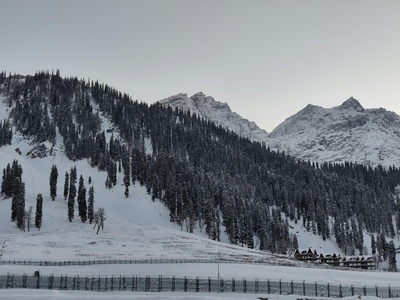
Deodar Cedar
A majestic evergreen conifer, often called the ‘Timber of the Gods’, forming dense, fragrant forests in the high mountains.
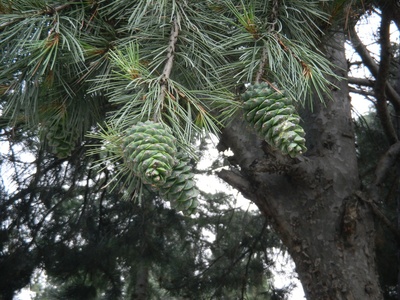
Chilgoza Pine
Valued for its large, nutritious pine nuts (chilgoza), which are a significant source of income for local communities.
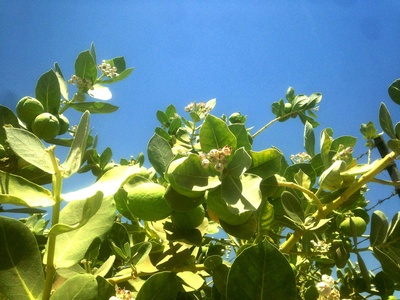
Wild Pistachio
These hardy, drought-resistant trees form vital woodlands, providing a crucial source of income through the harvest of their delicious nuts.
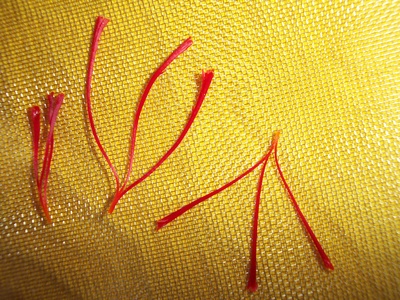
Saffron Crocus
This famous purple crocus produces the world’s most expensive spice from its three crimson stigmas, which must be harvested by hand.
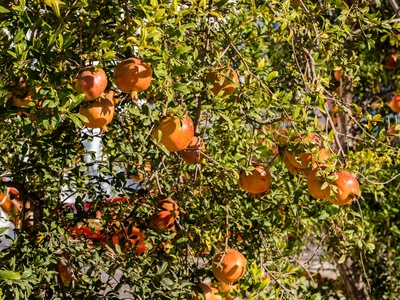
Pomegranate
Celebrated globally for their quality, Afghan pomegranates are a symbol of the country’s agricultural wealth, prized for their sweet, ruby-red seeds.
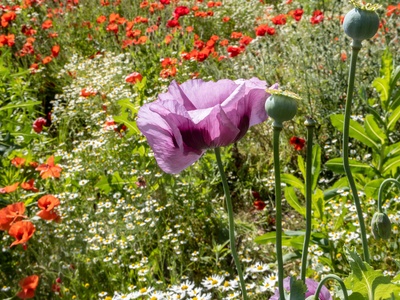
Opium Poppy
A plant of immense economic and social significance, known for its beautiful flowers and the potent alkaloids derived from its seed pods.
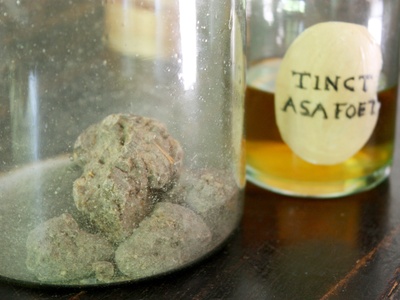
Asafoetida
Known locally as ‘hing’, this pungent plant produces a strong, savory resin from its roots, which is dried and used as a unique spice.
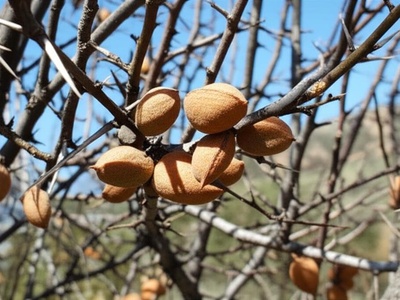
Wild Almond
A thorny, wild ancestor of the cultivated almond, this tree is incredibly resilient and its nuts are an important food source.
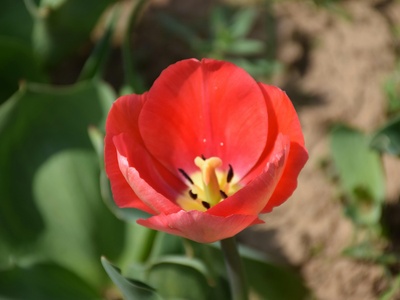
Afghan Tulip
A beautiful and rare wild tulip native to Afghanistan, showcasing the country’s role as a center of origin for these iconic flowers.
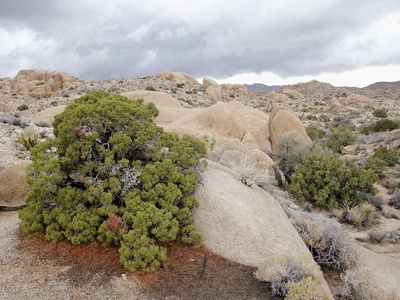
Juniper
A slow-growing, incredibly hardy tree that forms open woodlands at high elevations, vital for stabilizing soil and providing shelter.
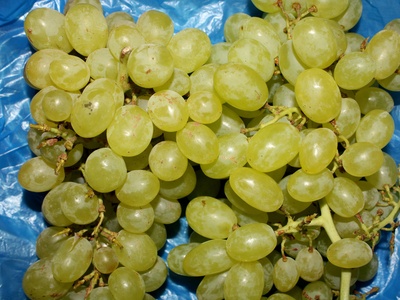
Kandahar Grape
Afghanistan is famous for its dozens of grape varieties, which are a cornerstone of its horticulture and are often sun-dried into high-quality raisins.

Afghan Fig
A unique, low-growing native fig species adapted to harsh, rocky environments, producing small but sweet fruits.
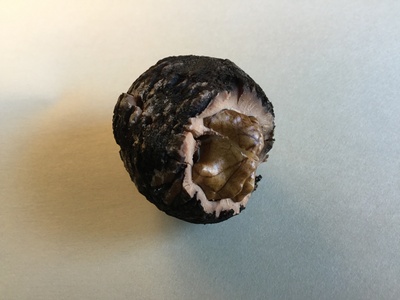
Walnut
These large, deciduous trees are prized for both their delicious nuts and their beautifully grained wood, used in fine furniture and carving.
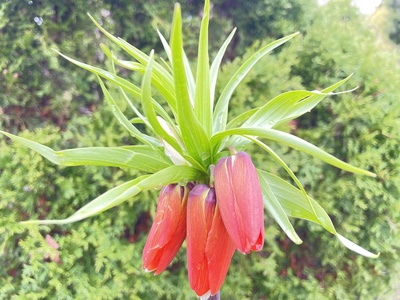
Crown Imperial
A spectacular lily relative with a dramatic whorl of bell-shaped, orange or red flowers topped with a crown of green leaves.
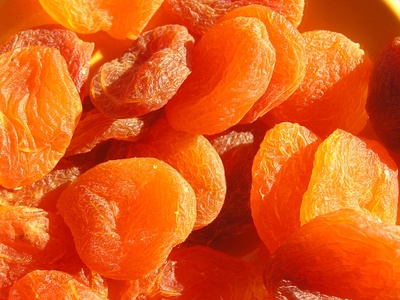
Apricot
A major fruit crop, Afghan apricots are renowned for their sweetness and are a staple of the diet, both fresh and dried.
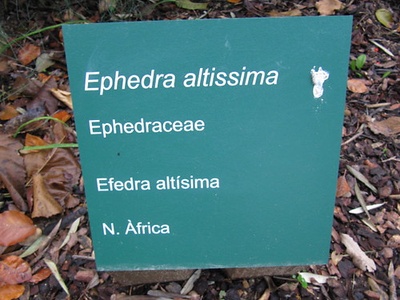
Ephedra
A small, broom-like shrub with jointed green stems, traditionally used in medicine for respiratory ailments.
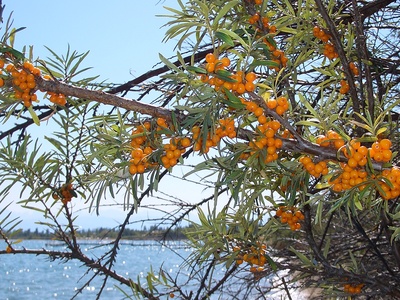
Sea Buckthorn
A thorny shrub with silvery leaves that produces bright orange berries packed with vitamins, used to make juices and oils.
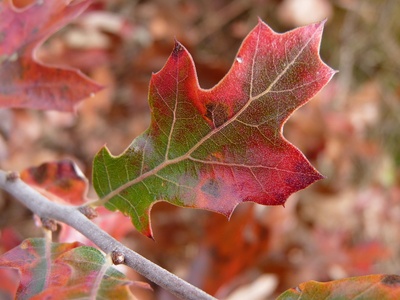
Holly Oak
A tough, evergreen oak that is a critical source of fuel and fodder for livestock in many rural areas.
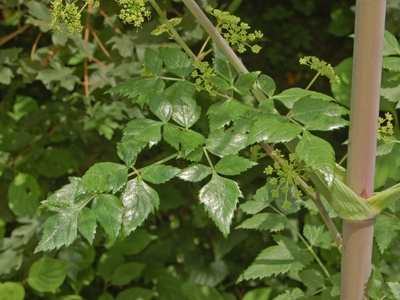
Giant Hog Fennel
A large, impressive umbellifer related to Asafoetida, with a thick stem and large yellow flower heads, common in mountain landscapes.
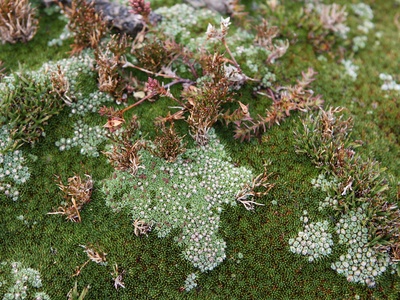
Cushion Plant
These spiny, dome-shaped plants are masters of survival in harsh alpine winds, creating microclimates that shelter other species.
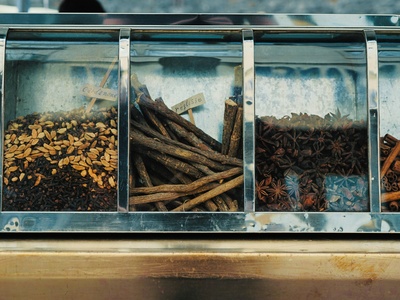
Licorice
The sweet root of this herbaceous perennial is wild-harvested and exported for use in confectionery and traditional medicine.
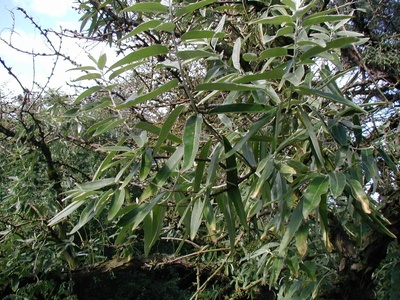
Russian Olive
A fast-growing, silvery-leafed tree that fixes nitrogen, making it excellent for land reclamation. Its small, sweet fruit is also eaten.
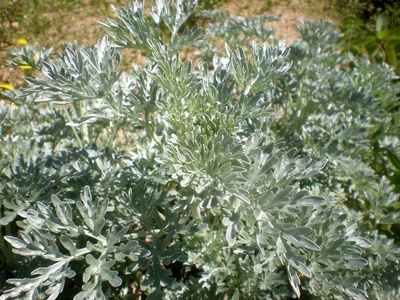
Wormwood
A common silver-gray, aromatic plant that dominates large areas of the Afghan steppe, known for its bitter compounds.
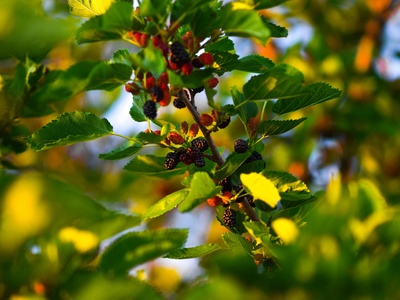
Mulberry
Planted for its sweet fruit and, historically, for its leaves, which are the primary food for silkworms used in the silk trade.
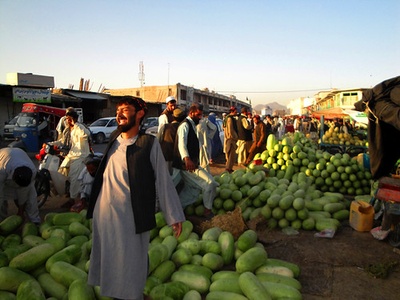
Kandahar Melon
Afghan melons are legendary for their sweetness and diversity, with Kandahar being particularly famous for its high-quality varieties.
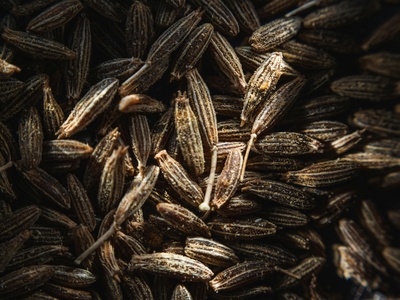
Cumin
An essential spice in local cuisine, this small herbaceous plant is grown for its aromatic seeds.
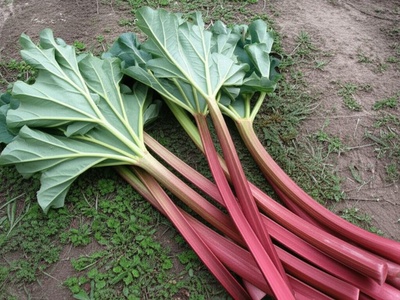
Afghan Rhubarb
A wild rhubarb species whose sour stalks are foraged in the spring and eaten raw or cooked, often with salt.
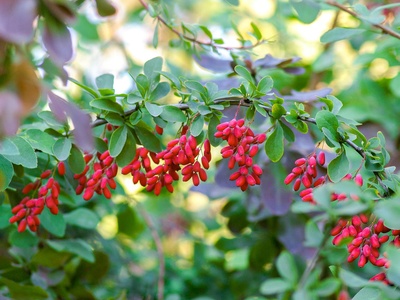
Barberry
A spiny shrub that produces tart, red berries used in rice dishes and jams. The root is used for its medicinal properties.
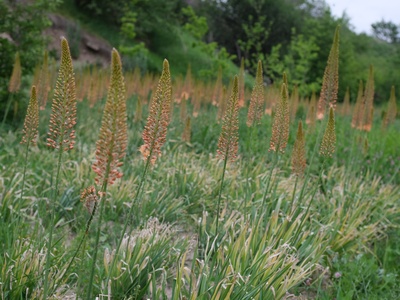
Foxtail Lily
These spectacular plants send up a tall, dramatic spike of densely packed star-shaped flowers, often in shades of white, pink, or yellow.
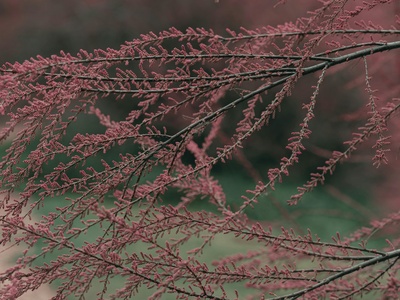
Tamarisk
A feathery-leafed shrub or tree highly adapted to dry and saline conditions, crucial for preventing erosion along waterways.

Henna
A shrub whose leaves are dried and crushed to create a paste used for the ancient art of body decoration.

Poplar
Fast-growing trees that are a common sight along waterways, essential for construction poles and providing quick-growing firewood.
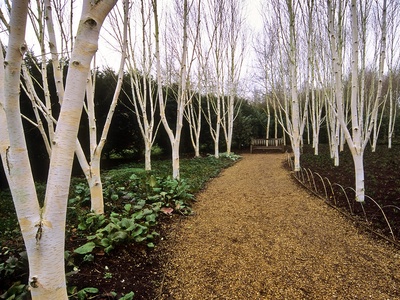
Himalayan Birch
Known for its distinctive, paper-like white bark that peels in layers, this tree is found near the treeline in the highest mountains.
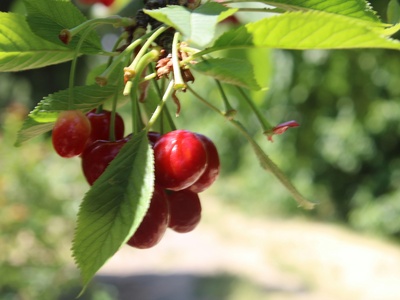
Afghan Cherry
A hardy, wild cherry shrub that produces small, tart cherries, an important food source for birds and other wildlife.
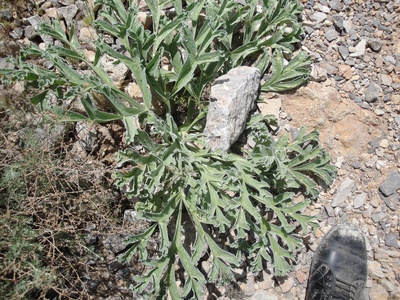
Dorema
A perennial plant that exudes a milky resin when injured, which hardens into a gum used in traditional Persian medicine and as incense.
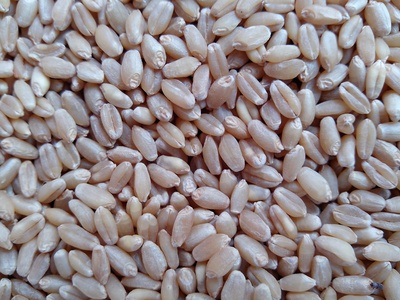
Wheat
The most important food crop in Afghanistan, forming the basis of the national diet, particularly for making naan bread.
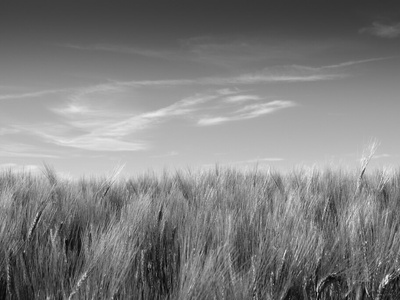
Barley
A hardy cereal that can grow in conditions too harsh for wheat, making it a vital crop for both human and animal consumption.
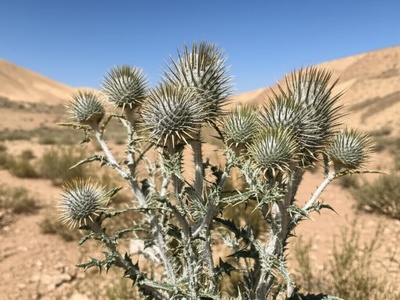
Afghan Thistle
A large genus of spiny, thistle-like plants with many species endemic to the region, characteristic of Afghanistan’s arid landscapes.
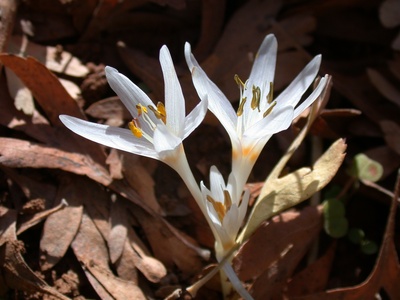
Colchicum
A small but significant plant known as the ‘yellow meadow saffron’, it flowers in early spring and is a source of a potent medicinal compound.
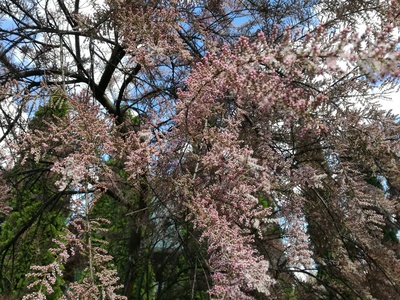
Saltcedar
A shrub with scale-like leaves and pink flower spikes, adapted to colonizing and stabilizing shifting river gravels.
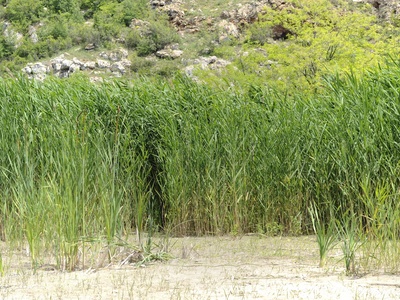
Common Reed
A tall, robust grass that forms dense stands in wet areas, providing critical habitat for birds and materials for construction and crafts.
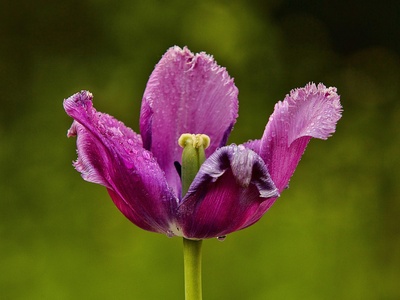
Afghan Iris
A rare and beautiful endemic iris species, highlighting the unique floral diversity of the country’s arid mountain ecosystems.
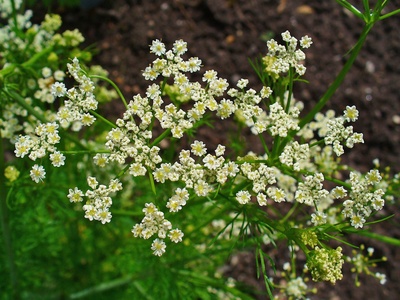
Caraway
A biennial plant whose seeds are harvested and used as a spice for their distinctive flavor in breads and other dishes.
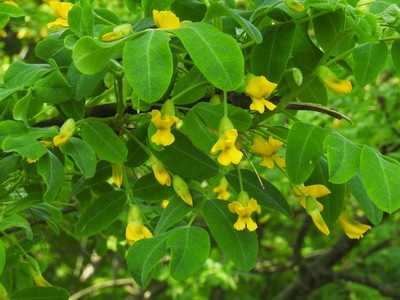
Siberian Peashrub
A spiny, drought-tolerant shrub that fixes nitrogen, improving soil fertility and providing valuable fodder for goats and camels.
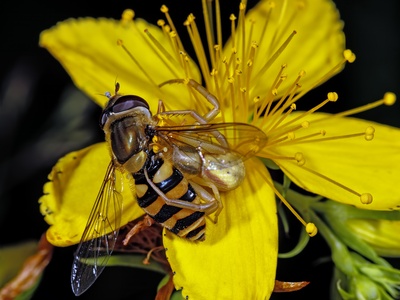
St John’s Wort
A perennial herb with bright yellow flowers, widely recognized for its traditional use in treating depression and healing wounds.
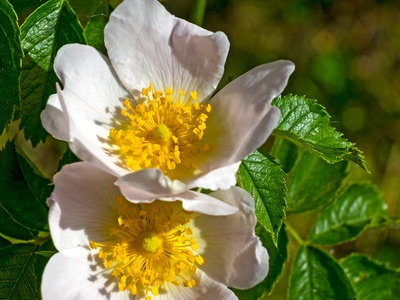
Dog Rose
A common wild rose with sharp, hooked thorns and pale pink flowers, whose vitamin C-rich fruit (rose hips) are gathered in autumn.
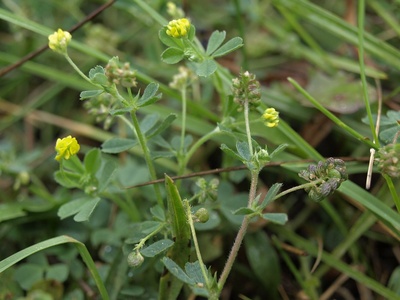
Medick
A genus of clover-like plants, including alfalfa, that are crucial as high-protein fodder for animals and for enriching the soil with nitrogen.
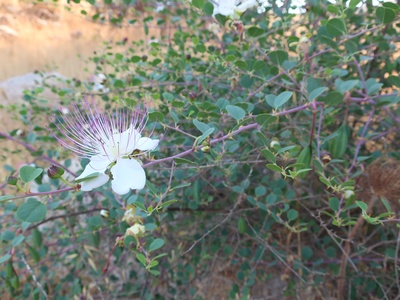
Caper Bush
A scrappy, trailing shrub that produces the well-known culinary caper, which is the pickled, unopened flower bud.
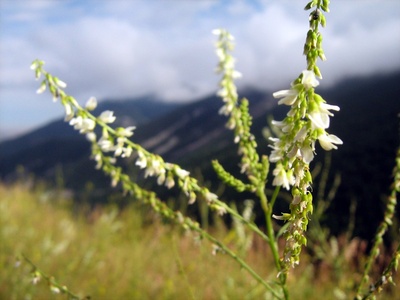
Sweet Clover
A tall, fragrant legume with white flowers that is highly attractive to bees, making it a valuable plant for honey production.
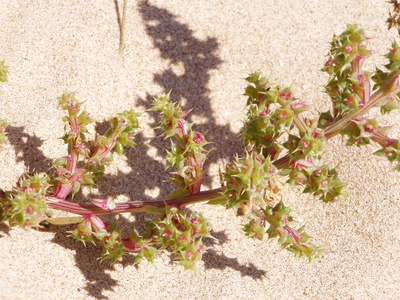
Salsola
Also known as Tumbleweed, these salt-tolerant plants are a key food source for camels in desert environments and were historically burned to produce soda ash for glassmaking.
